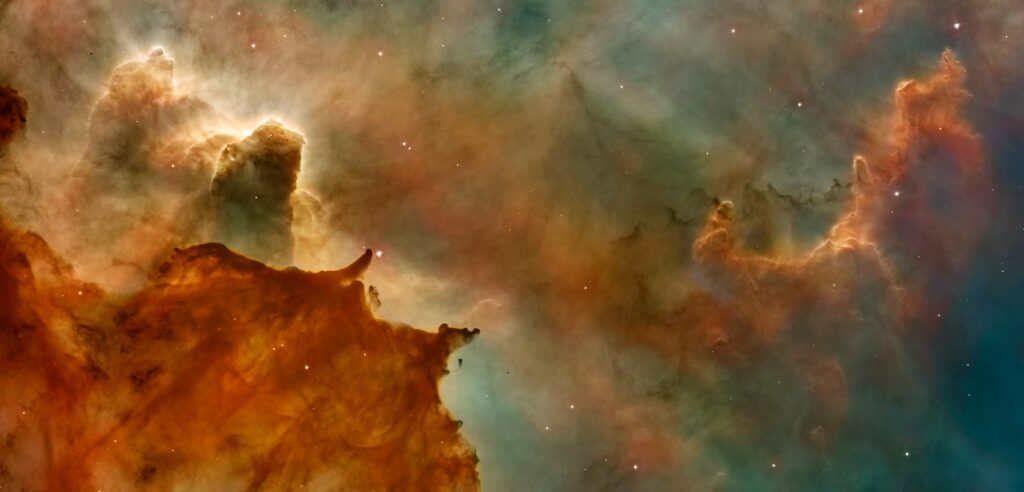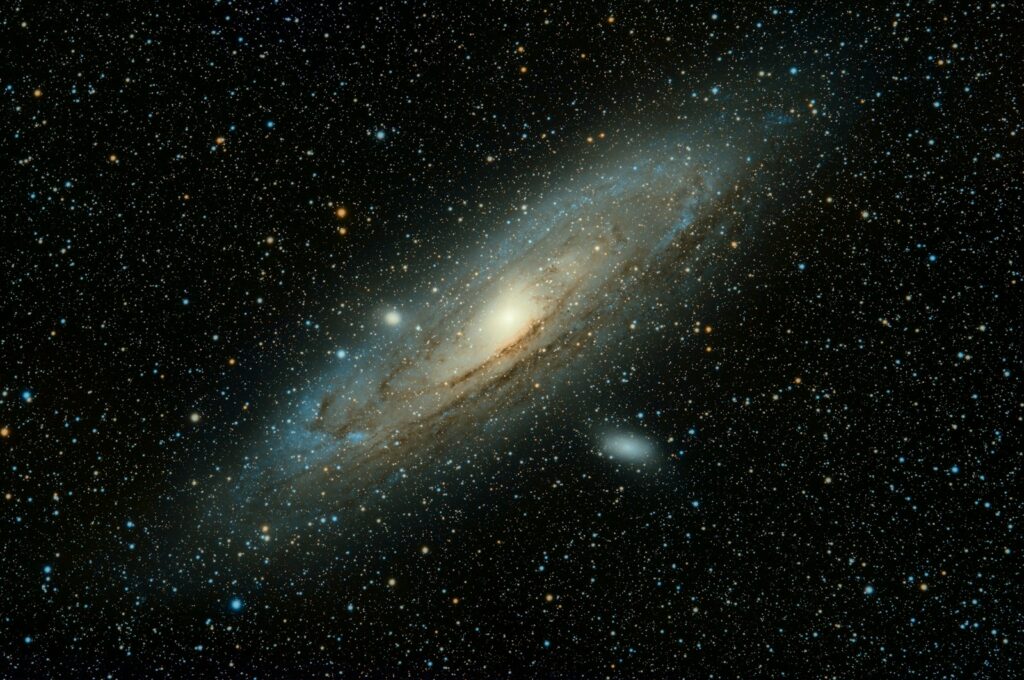
Across human history, the drive to explore the unknown has remained a defining force. Whether journeying into the ocean’s darkest depths or gazing toward distant celestial bodies, our curiosity propels us forward. This pursuit often comes with formidable challenges and, at times, heartbreaking consequences.
In 2023, the name “Titan” came to symbolize two very different yet deeply connected narratives. It referred both to a deep-sea submersible lost on a mission to the Titanic shipwreck and to Saturn’s largest moon, a fascinating world that continues to inspire scientific exploration. Together, these stories reflect humanity’s ambition to probe the most inaccessible places on and beyond Earth.
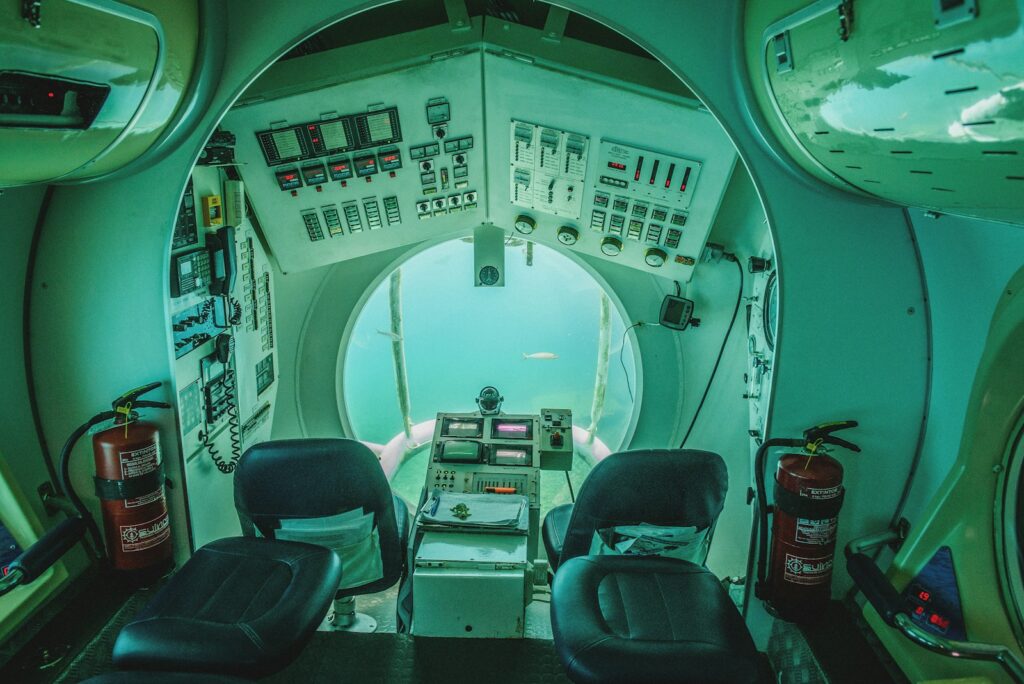
The Titan Submersible Tragedy
The world was gripped by anxiety in June 2023, when the Titan submersible went missing during its descent to the wreck of the Titanic. The expedition, launched on June 18, quickly turned from a bold scientific venture into a desperate international search effort in the North Atlantic.
Pelagic Research Services, led by CEO Ed Cassano, was contacted by OceanGate to assist. The company deployed Odysseus 6K, a remotely operated vehicle capable of reaching the extreme depths of the Titanic wreck. It became the only vehicle in the search able to navigate such a challenging environment.
Cassano later reflected on the mission, stating that “Plain and simple, we were focused on rescue.” However, hopes for recovery diminished when Odysseus 6K located debris on the seafloor. In a press conference held in East Aurora, New York, Cassano shared the moment when the mission’s focus shifted. “By 12 o’clock, sadly, a rescue turned into a recovery,” he said, pausing to compose himself. The emotional toll on his team was evident as he added, “I have to apologize, we are still demobilizing, there’s a lot of emotions, people are tired.”
The five individuals aboard the Titan—Stockton Rush, Paul-Henri Nargeolet, Hamish Harding, Shahzada Dawood, and his 19-year-old son Suleman—were declared deceased. The submersible had imploded, a tragic outcome that highlighted both the risks and limits of human exploration beneath the ocean.
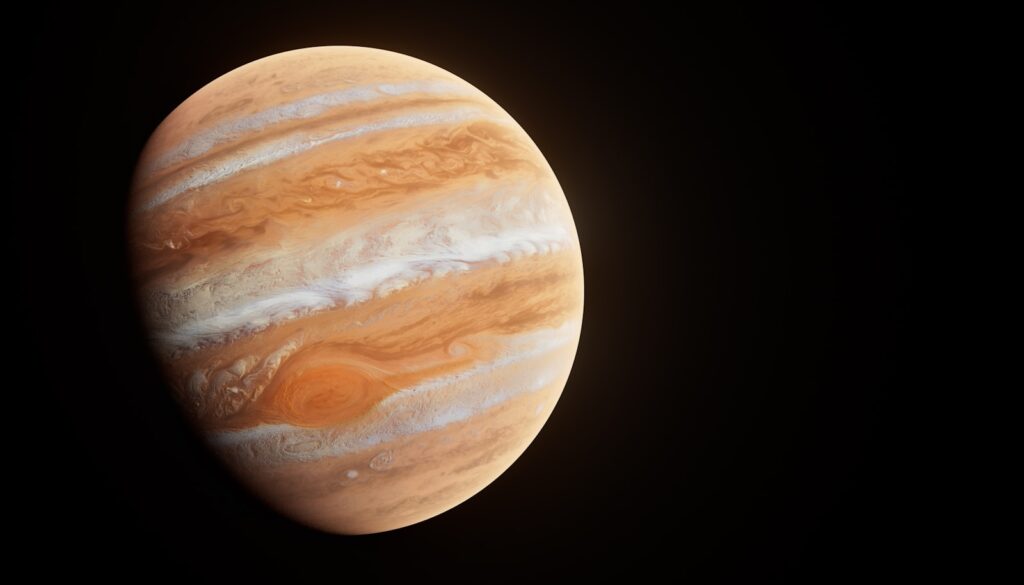
Titan, the Moon: A Celestial Marvel
The name “Titan” also carries a rich cosmic legacy. Rooted in Greek mythology, the Titans were powerful deities who ruled before the Olympians. This name was adopted for Saturn’s largest moon, first observed in 1655 by Dutch astronomer Christiaan Huygens and later named by John Herschel.
Titan is the second-largest moon in our solar system, slightly smaller than Jupiter’s Ganymede but larger than Mercury and Earth’s Moon. Its dense, nitrogen-rich atmosphere and dynamic weather patterns make it the only known moon with a thick, active atmosphere and surface liquids.
What sets Titan apart is the presence of rivers, lakes, and seas made not of water, but of methane and ethane. These liquids flow across the surface, rain from clouds, and evaporate back into the atmosphere, forming a hydrocarbon-based cycle that mirrors Earth’s water cycle. Titan’s atmosphere also supports complex organic chemistry, with carbon-rich molecules continuously forming in its upper layers and settling onto the surface.
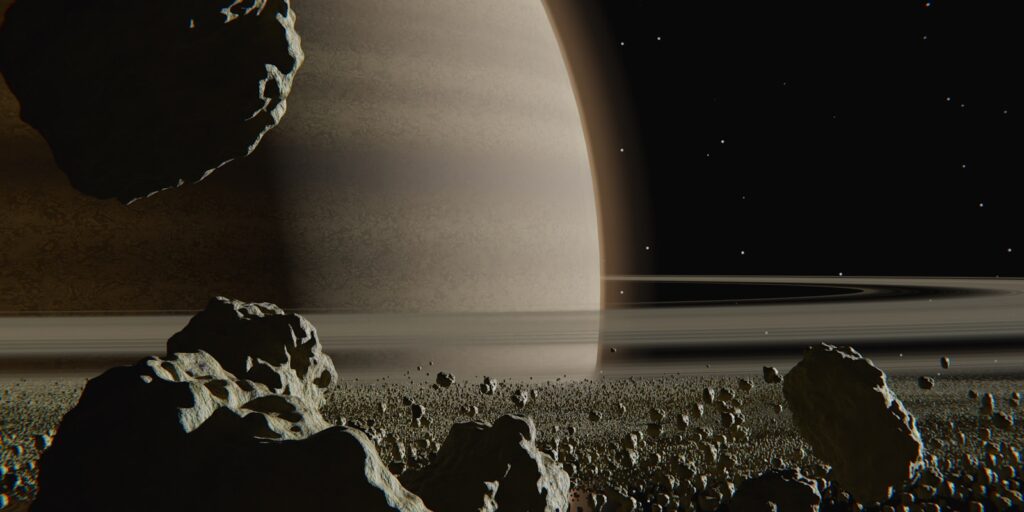
Structure and Surface: A Cold Yet Earth-Like World
Beneath Titan’s golden haze lies a frigid world where water ice forms rock-like terrain. The moon’s surface, at around -290 degrees Fahrenheit (-179 degrees Celsius), is shaped by flowing methane and ethane that carve riverbeds and fill lakes. Some areas are covered with dark dunes made of hydrocarbon grains, visually similar to desert dunes on Earth.
Titan’s internal structure likely consists of five layers: a silicate rock core, a high-pressure ice shell, a subsurface ocean of salty water, a crust of water ice, and a surface rich in organic materials. This layered model is supported by data from the Cassini-Huygens mission, which also revealed that Titan experiences tectonic movements, though no distinct tectonic plates have been identified.
The Origins and Mysteries of Titan’s Atmosphere
Titan’s atmosphere stands as one of the most complex and Earth-like in the solar system. It extends 370 miles (600 kilometers) into space and exerts a surface pressure about 60 percent greater than Earth’s. Made up of roughly 95 percent nitrogen and 5 percent methane, it hosts a rich chemistry powered by sunlight and Saturn’s magnetic field, generating organic molecules similar to those essential for life on Earth.
Some of these molecules create an orange haze that blocks surface views from space. The methane in the atmosphere, constantly broken down by sunlight, must be replenished by an internal source. Scientists suspect that cryovolcanoes—geysers of chilled water mixed with methane—may be releasing methane from Titan’s interior.
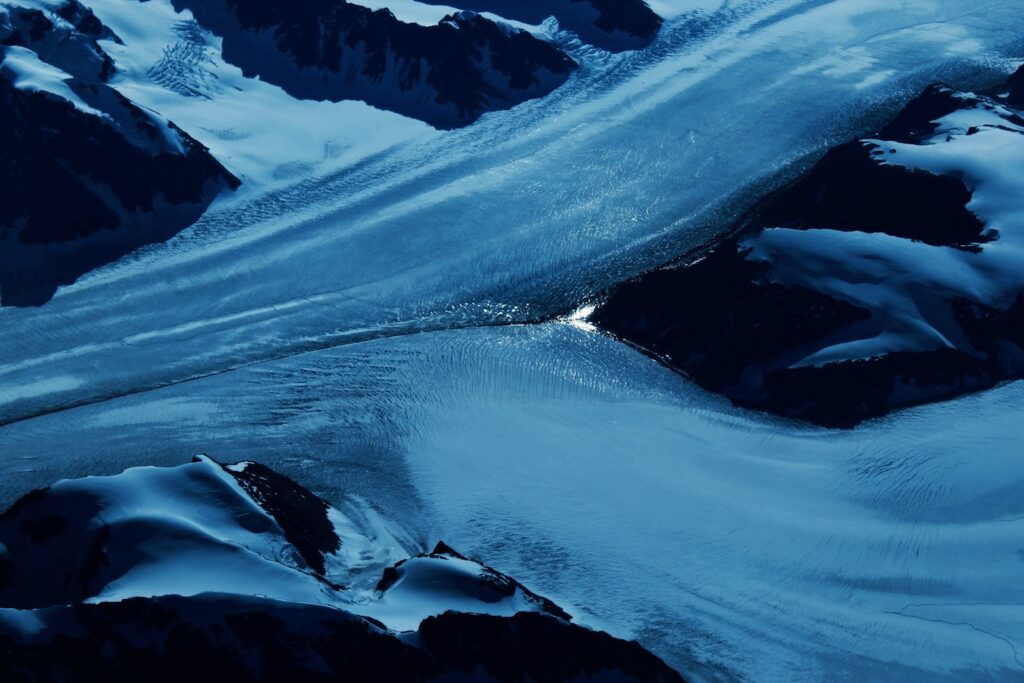
Possibilities for Life: Beneath the Ice and in the Lakes
Titan may offer two distinct environments where life could potentially exist. Beneath its icy crust lies a global ocean of liquid water mixed with ammonia and salts, confirmed through gravity data and radio signals from the Huygens probe. This ocean could harbor microbial life similar to that on Earth.
On the surface, lakes and seas of methane and ethane represent a radically different environment, where life—if it exists—would be unlike anything yet discovered. These dual habitats place Titan among the most promising candidates for extraterrestrial life in our solar system.
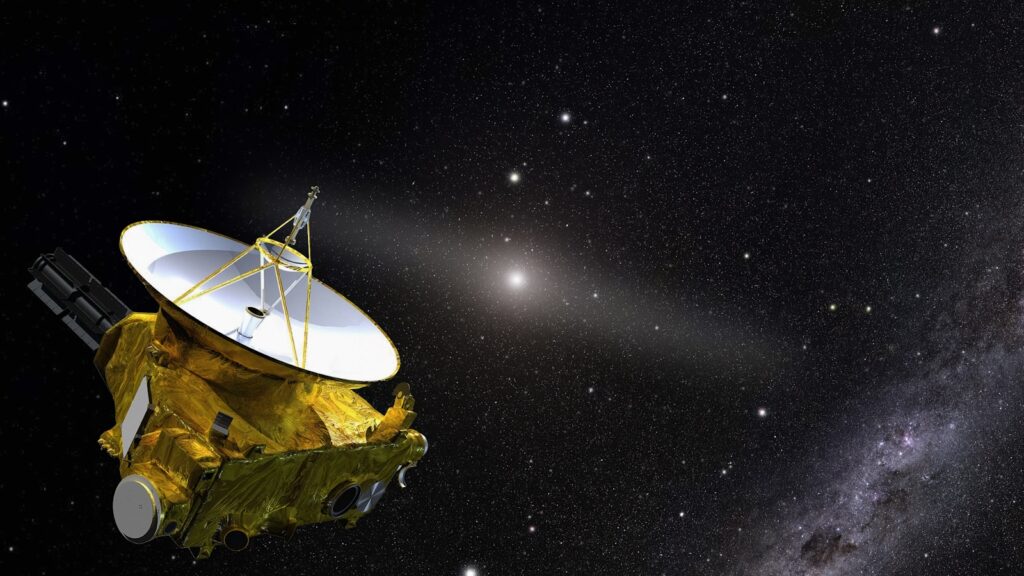
Future Exploration: The Dragonfly Mission
The legacy of the Cassini-Huygens mission continues to influence planetary science. Between 2004 and 2017, Cassini conducted more than 100 flybys of Titan, mapping its surface using radar and revealing key features such as river channels and hydrocarbon lakes. In 2005, the Huygens probe became the first spacecraft to land on Titan, transmitting data for 90 minutes before contact was lost.
Building on this legacy, NASA plans to launch Dragonfly, a rotorcraft mission set for the late 2020s. This drone-like craft will fly across Titan’s terrain, including dunes and possible cryovolcanoes, to sample surface materials and investigate the moon’s organic chemistry and potential for life.

The contrasting stories of the submersible Titan and Saturn’s moon Titan reflect both the human cost and the enduring aspiration of exploration. Whether probing the ocean floor or reaching out to distant planets, we are driven by a desire to understand the unknown.
Ed Cassano’s account of the recovery effort highlights the emotional weight borne by those on the frontlines of discovery. At the same time, ongoing scientific missions to Titan inspire hope, showing how exploration continues despite adversity.
Both Titans remind us of the limits we challenge and the mysteries we strive to unravel. Their stories, one grounded in sorrow and the other in possibility, stand as profound symbols of human resilience, curiosity, and the endless pursuit of knowledge.ontiers of our world and beyond.”

